A short series that examines options for restoring mobility to long-range ground launched precision weapons
Is mobility ever a bad thing?
Probably not, but it always results in compromise.
Where you draw that compromise line will depend on many factors, but for systems like GMLRS, the UK and other users have various systems in service, but few of them can be lifted by helicopter
In the UK’s case, none of them.
The well known HIMARS has good mobility on the ground, and is extremely effective, but again, limited for air carriage options.
So this is a look at options for taking in service weapons, and deconstructing and repackaging them such that they can be carried by Merlin and Chinook, and other rotary and fixed wing aircraft.
Restoring mobility.
Requirements
Only Use Weapons that are Already In Service
To reduce development time and cost, the first iteration of this concept would only use in-service weapons.
The 70 km range Guided Multiple Launch Rocket System (GMLRS), in service with the British Army. The M31 GMLRS rocket is 3.94m long, 227 mm in diameter and weighs 302 kg. Instead of being carried in singles, a 6 round pod is used.
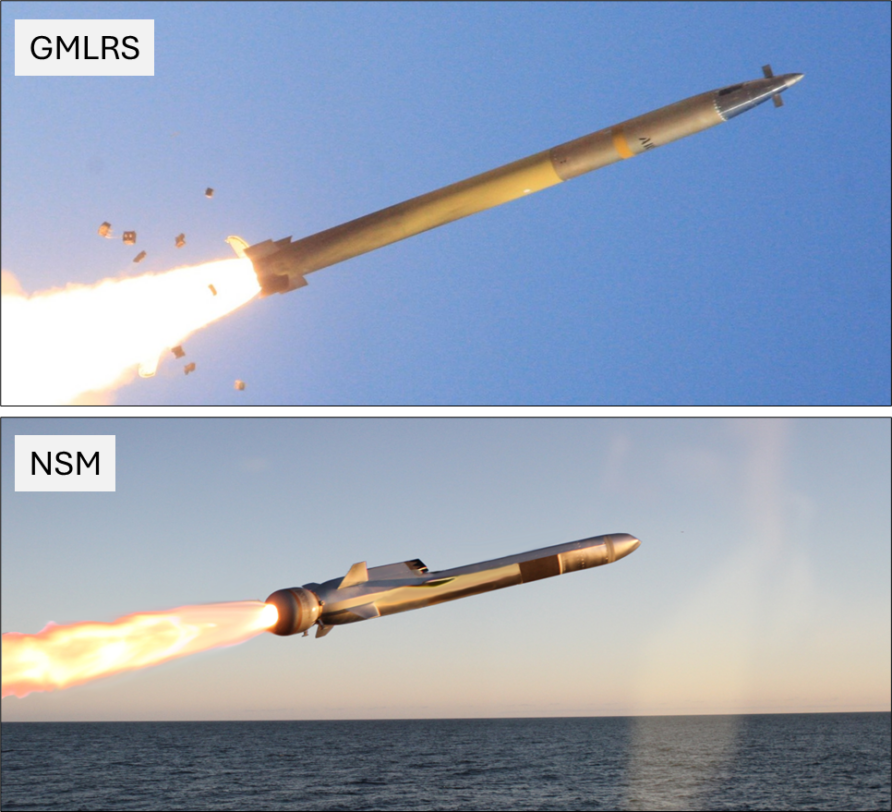
The Naval Strike Missile (NSM) from Kongsberg is in service with the Royal Navy and others, a mature and capable anti-ship guided missile, with a range of over 185 km. In its launch capsule with booster, it weighs 710 kg.
Broad Compatibility with Common Transport Aircraft
Air mobility provides speed and reach, and also, in the case of helicopters, access from the sea.
The widest possible range of fixed wing and rotary aircraft should be capable of carrying the system components. Considering those of our allies broadens export opportunity or development burden sharing.
Light to medium weight cargo aircraft are common in the Pacific and Africa.
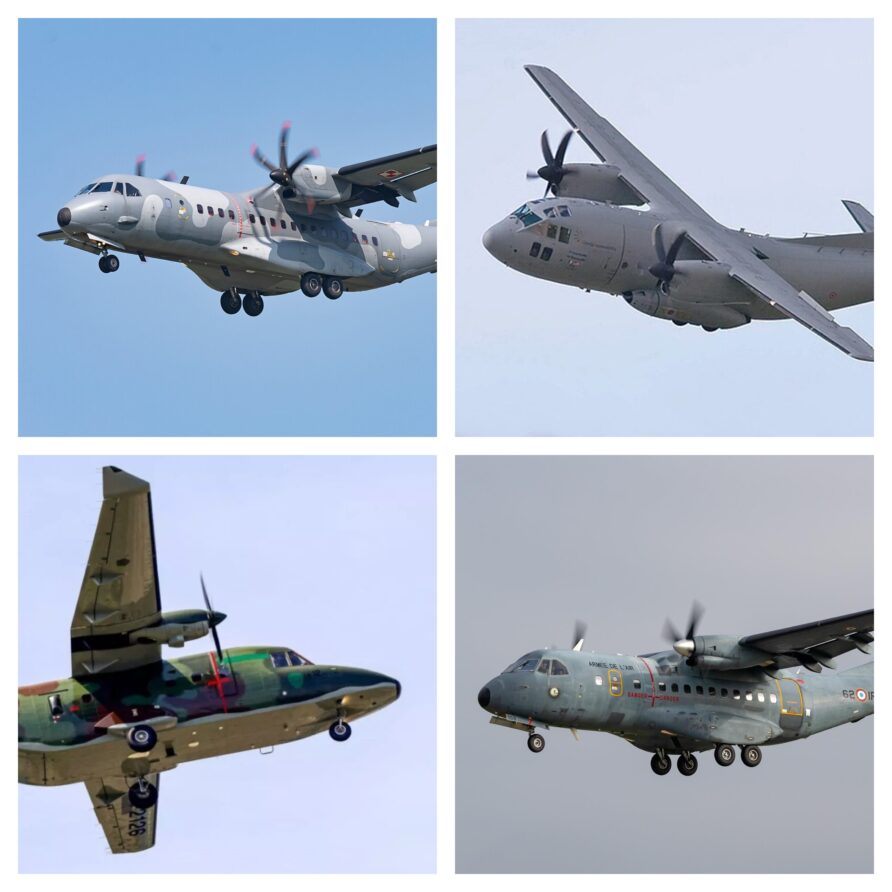
Between the C27J, C212/NC212i, C235 and C295 light cargo aircraft, over 500 are in service.
For helicopters, Chinook and Merlin are the obvious contenders.
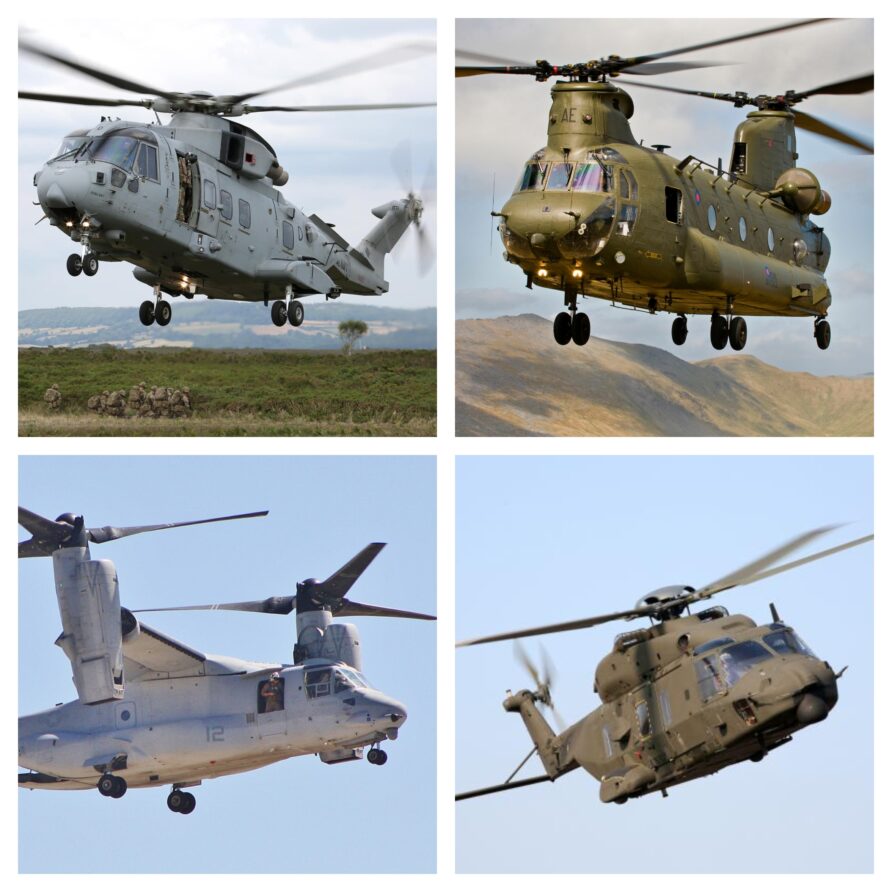
The V-22 will eventually be replaced by the Next-Generation Assault Support (NGAS) aircraft, but it appears likely to remain in service for some time. Not without its problems, the NH90 is also still operated by several NATO nations.
Keeping it under 3.6 tonnes would also allow it to be carried as an underslung load by a UH-60 Blackhawk and its eventual replacement, the Bell V-280 Valor. The same with any UK eventual Puma replacement, although payload is yet to be confirmed.
Good Mobility on the Ground
One option would be to offload the launcher at an airstrip or helicopter landing site and fire from there. But I don’t think this limitation would be desirable.
Therefore, the system as a whole must be capable of operating across a range of terrain and at temperatures that match its primary payload.
We should also consider amphibious and small vessel transport options, especially the future Commando Insertion Craft, in whatever form it eventually takes.
Is This Feasible?
The concept of an air portable lightweight missile or artillery rocket launcher is not new, the video below is of the MGR-3 Little John
HIMARS has its origins in a Light Division requirement for C-130 compatibility. It eventually made use of an in-service truck, not the Standard Manufacturing Trailing Arm Drive vehicle, as per the image below.
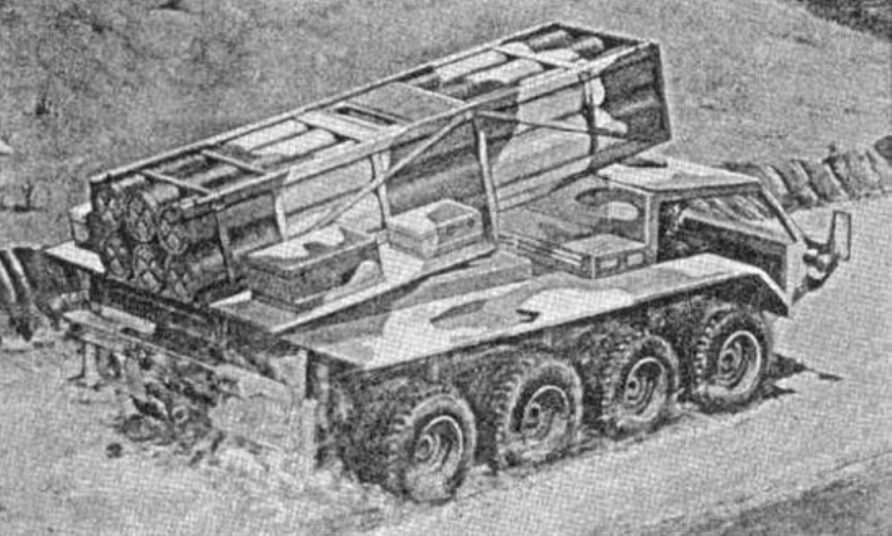
There was also a towed version of the launcher.
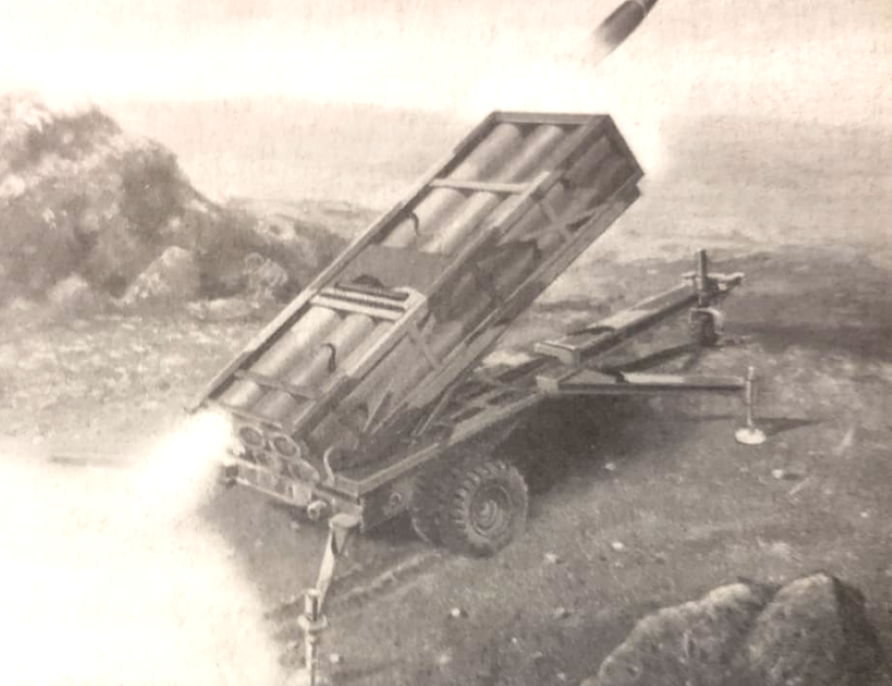
The British Army came even closer.
Following the 1998 Strategic Defence Review, the MoD invited Lockheed Martin, LFK, Alenia Marconi, BAE Systems, Hunting Engineering and Matra BAE Dynamics to submit a proposal for the Lightweight Mobile Artillery Weapon System – Rocket LIMAWS(R).
Lockheed Martin won, and partnered with Supacat for the launch vehicle, which weighed 8.8 tonnes all in.
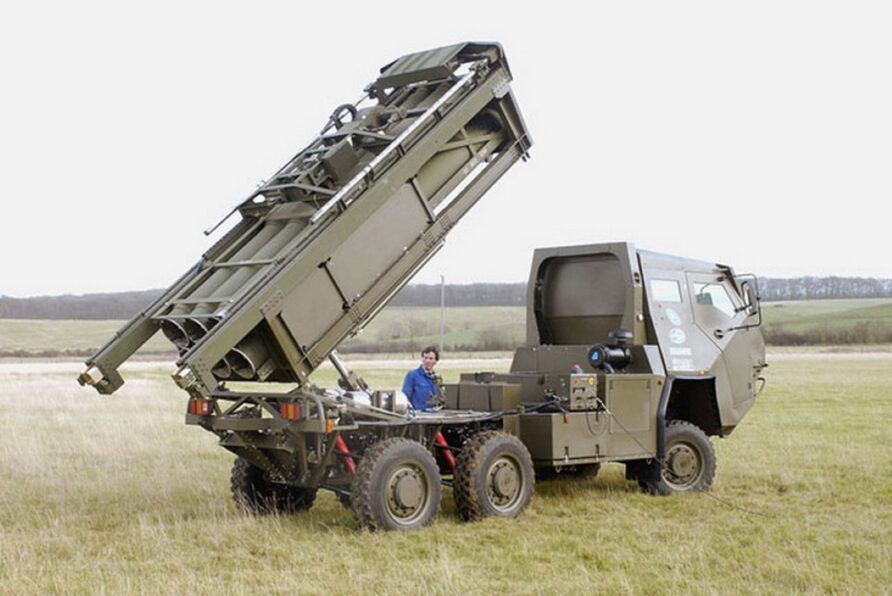
The LIMAWS(R) Assessment Phase completed in 2006 and in addition to test firing eight M30 GMLRS rockets, work was also completed to confirm suitability for ATACMS and the Reduced Range Practice Rocket.
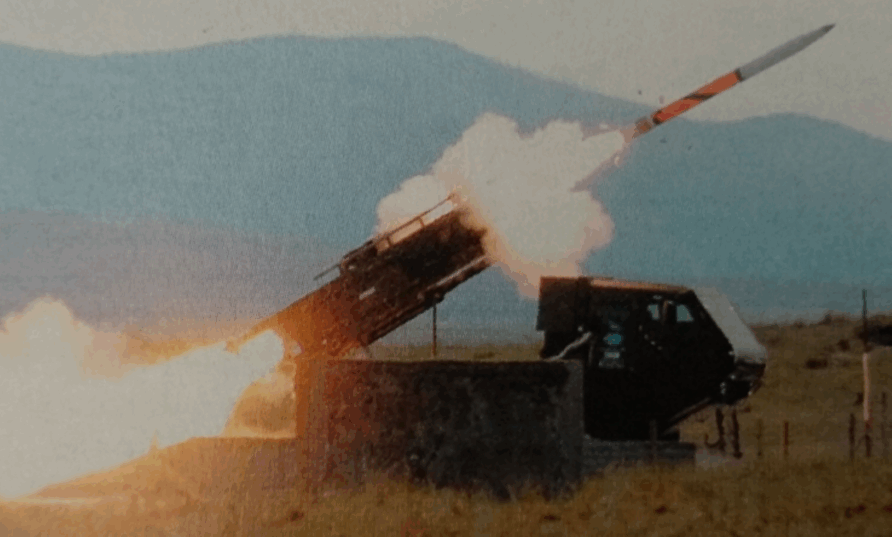
LIMAWS-R was cancelled in 2008.
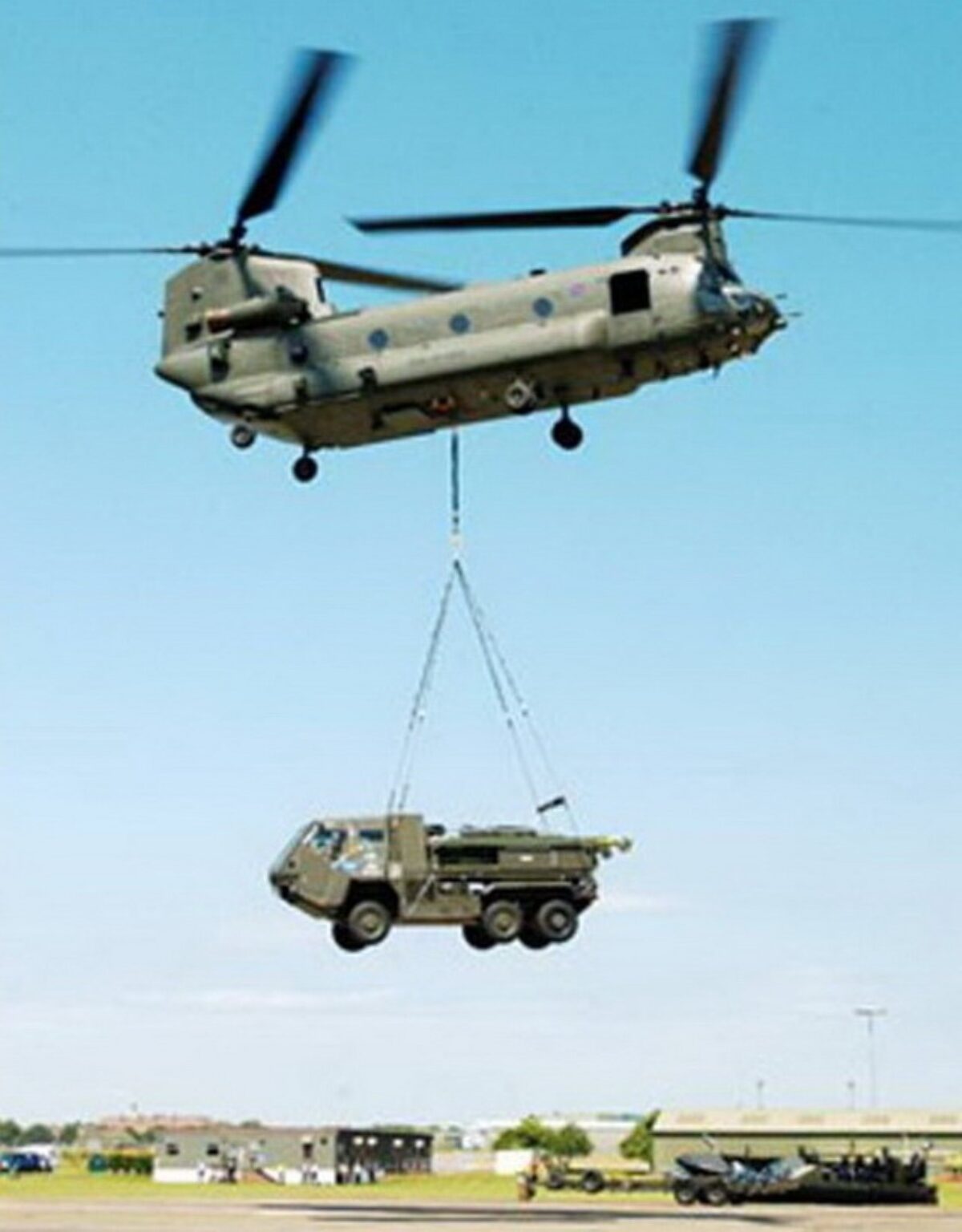
The US Navy Marine Expeditionary Ship Interdiction System (NMESIS) uses an autonomous JLTV called Remotely Operated Ground Unit for Expeditionary (ROGUE) Fires and the same Kongsberg NSM as described above. The same vehicle is also used for the Tomahawk Land Attack Cruise Missile (TLAM) and Mk41 VLS.
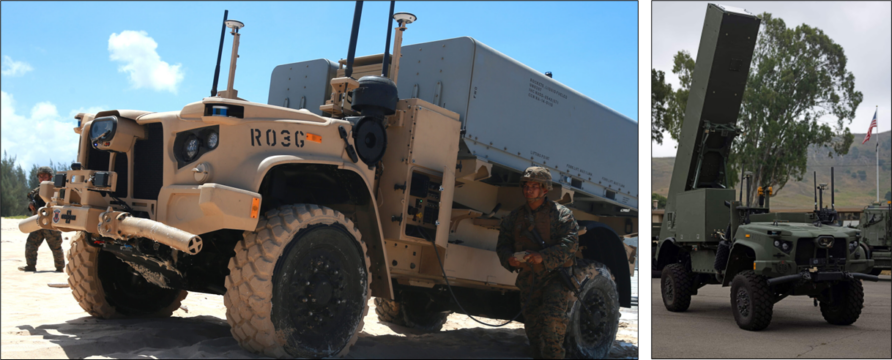
These are described as medium and long range, respectively.
Although the USMC priority seems to have been NSM, and a Mk41 launched Tomahawk missile, both on an autonomous JLTV, GMLRS remains an option, and is being promoted by Oshkosh.
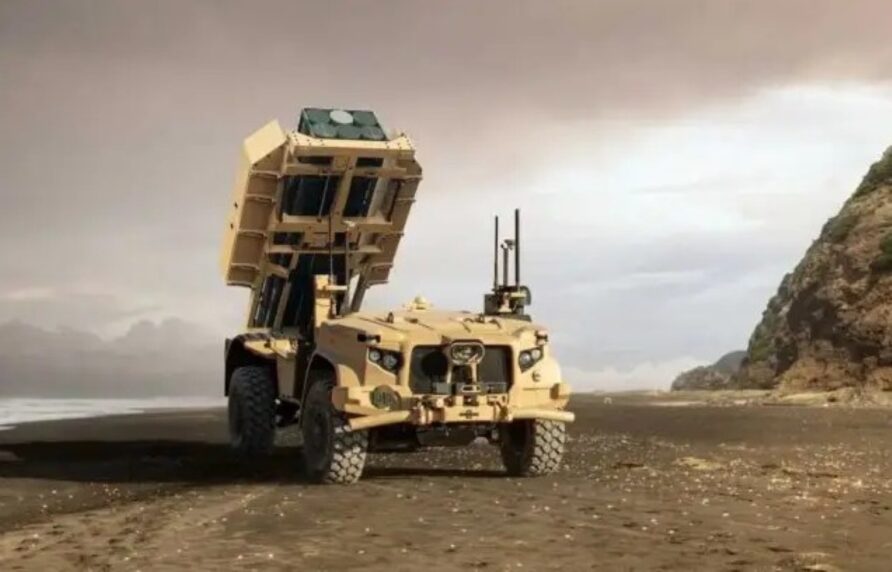
The Australian Project LAND 8113 Ph.2 is currently evaluating the Precision Strike Missile (PrSM) Increment 2/HIMARS vehicle combination and Naval Strike Missile/Strikemaster vehicle combination.
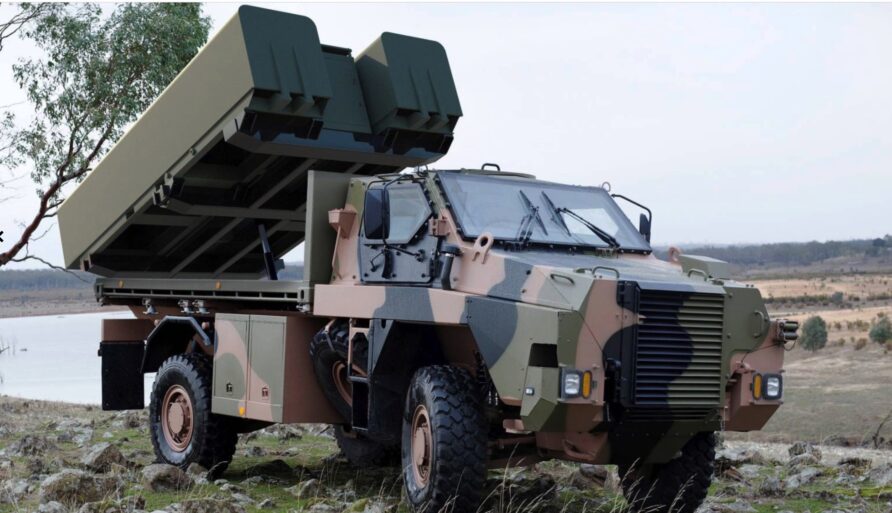
Apart from HIMARS, none of these designs use a slewing launch mechanism.
The GMLRS launch pod is robust, it can be moved through the land sea and air supply chain.
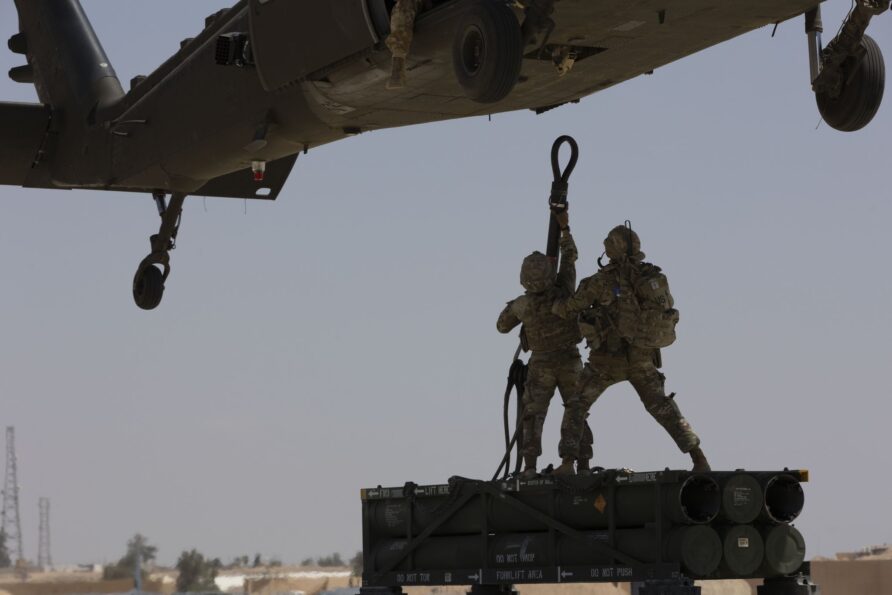
The NSM launch pod is equally robust and transportable.
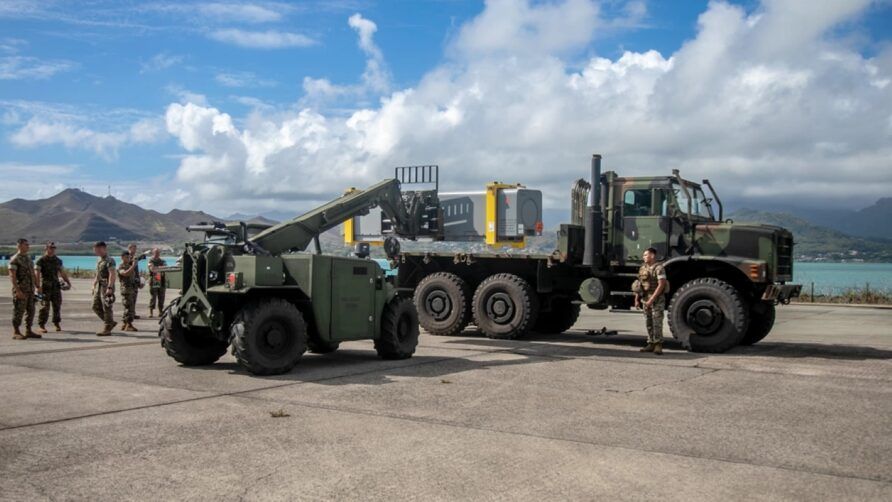
So whilst the concept of an ‘ultra-lightweight’ launcher for NSM and GMLRS has not been realised anywhere else, there are certainly ‘lightweight’ options that have.
Problems to Solve
Assuming there is a requirement and some development, integration, safety resources available, there are two main problems to solve; fitting it in the aircraft and making it work when outside.
Fitting It Inside the Aircraft
The tables below show open-source dimensions and payloads for the eight target aircraft.
Rotary Wing
| Aircraft | Width (m) | Height (m) | Length (m) | Payload (Tonnes) |
| Merlin | 2.0 | 1.8 | 6.5 | 4 |
| Chinook | 2.1 | 1.9 | 9.3 | 10 |
| V-22 Osprey | 1.7 | 1.6 | 7.3 | 9 |
| NH90 | 1.7 | 1.5 | 4.8 | 4 |
Fixed Wing
| Aircraft | Width (m) | Height (m) | Length (m) | Payload (Tonnes) |
| C212/NC212i | 1.7 | 1.5 | 6.5 | 3 |
| C235 | 2.2 | 1.7 | 9.6 | 5 |
| C295 | 2.2 | 1.7 | 12.6 | 8 |
| C-27J | 2.4 | 2.2 | 8.6 | 11 |
The Launch Pod Container (LPC), or rocket pod container, is 4.26m long, 1.05m wide, and 0.84m (with skids) high. Its maximum weight is 2,270 kg, containing six rockets.
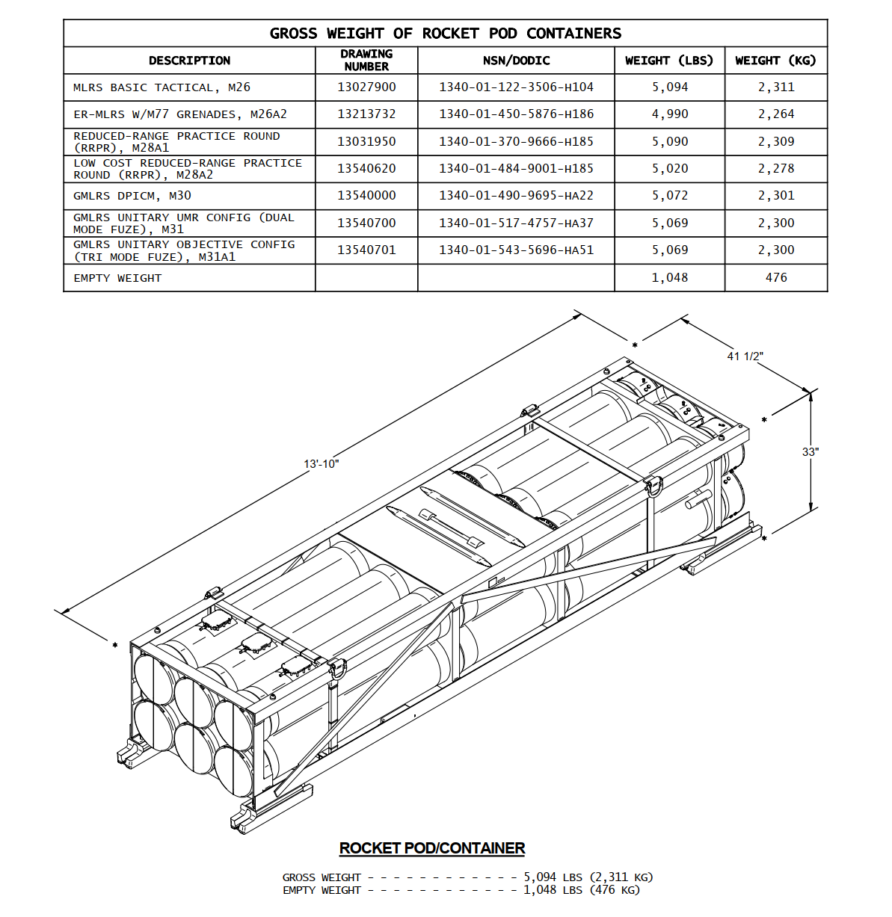
The weight of the pod can be reduced slightly, simply by loading it with fewer missiles.
This diagram shows a simple comparison of pod and cargo hold.
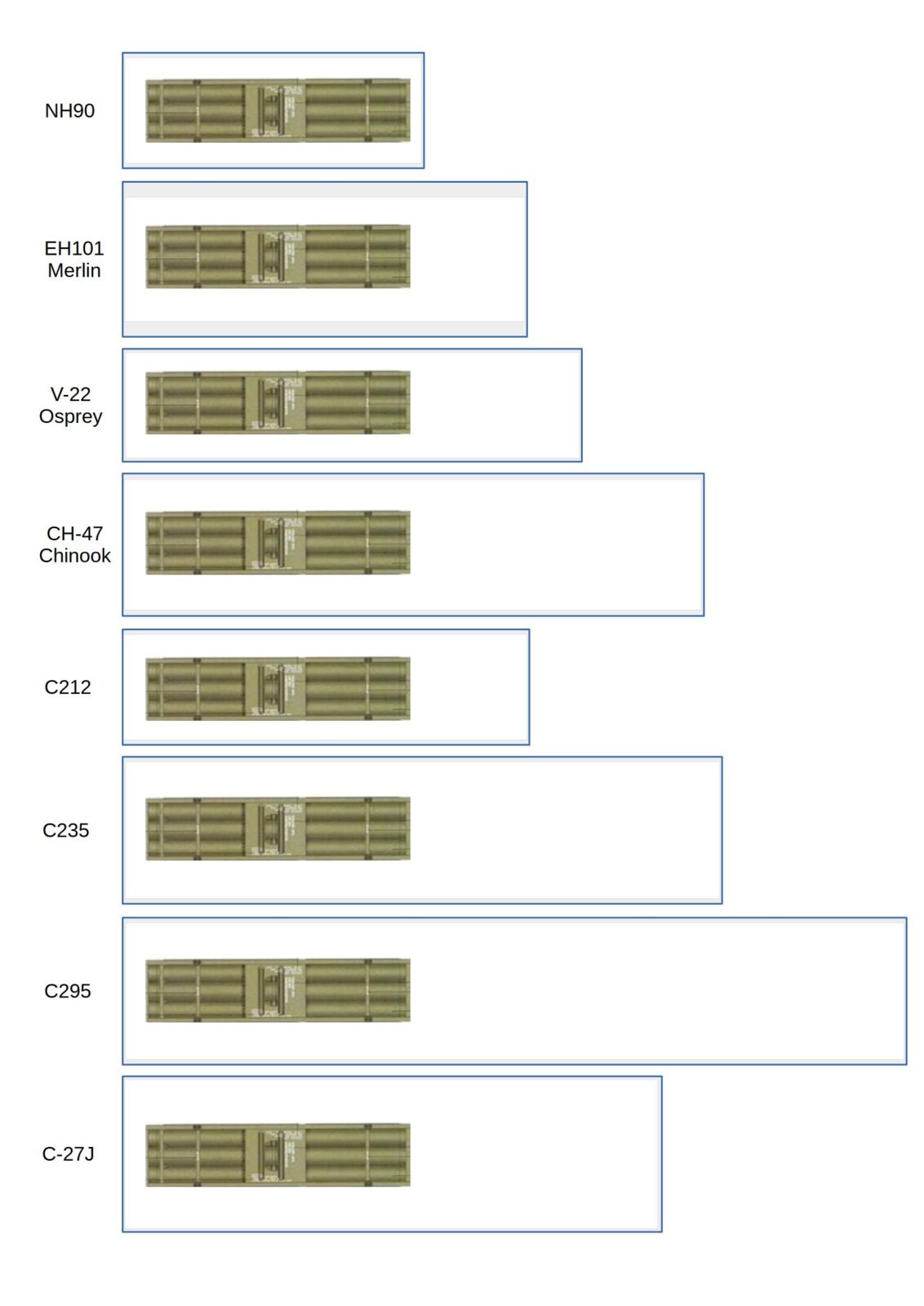
NSM is slightly smaller than a MRLS Family of Missiles (MFOM) pod, so assume if the GMLRS pods fits, so will an NSM pod
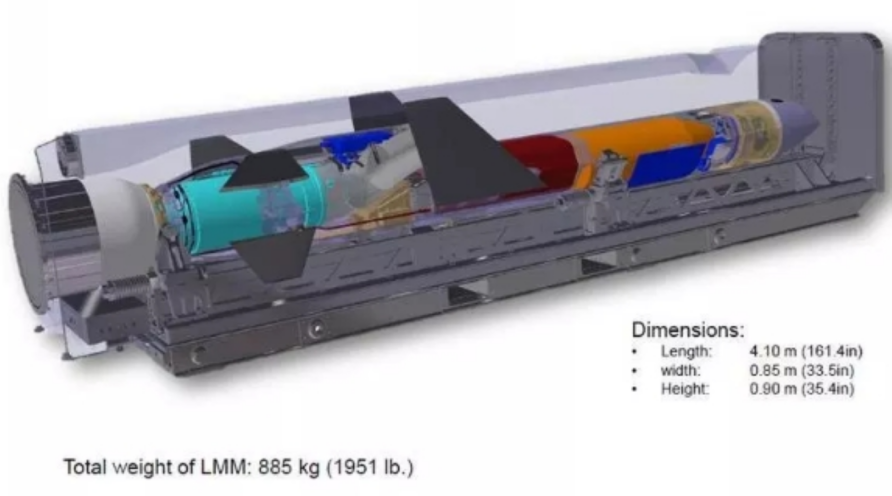
The complications of internal carriage.
As can be seen from the image below, and above, internal carriage in an aircraft is defined by dimensions and angles.
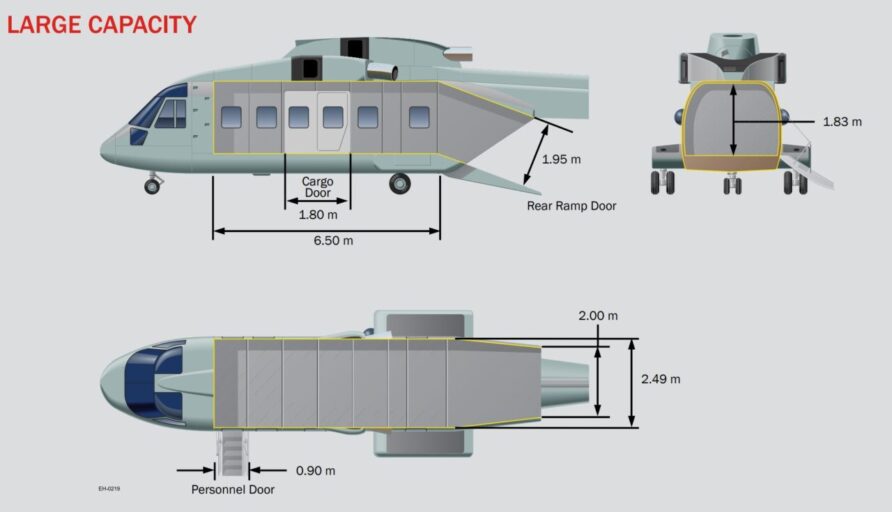
It is tempting to assume that if a vehicle dimension < cabin dimension, it is good to go, but this is rarely the case.
Although the diagram describes the cabin width as 2.49m, a length of 6.5m, and a height of 1.83m, the actual useable dimensions are less.
- The 1.83m height is not uniform due to the shape of the cabin
- The 6.5m length means the crew cannot use the personnel door
- The 2.49m cabin width, for a vehicle at least, is wider than the ramp width of 2m
And this is before we consider cargo floor equipment, tie down schemes, floor loading and G limits, means of escape, other safety restrictions, and various internal obstacles.
Ramp angles are also an issue, especially for Merlin and V-22.
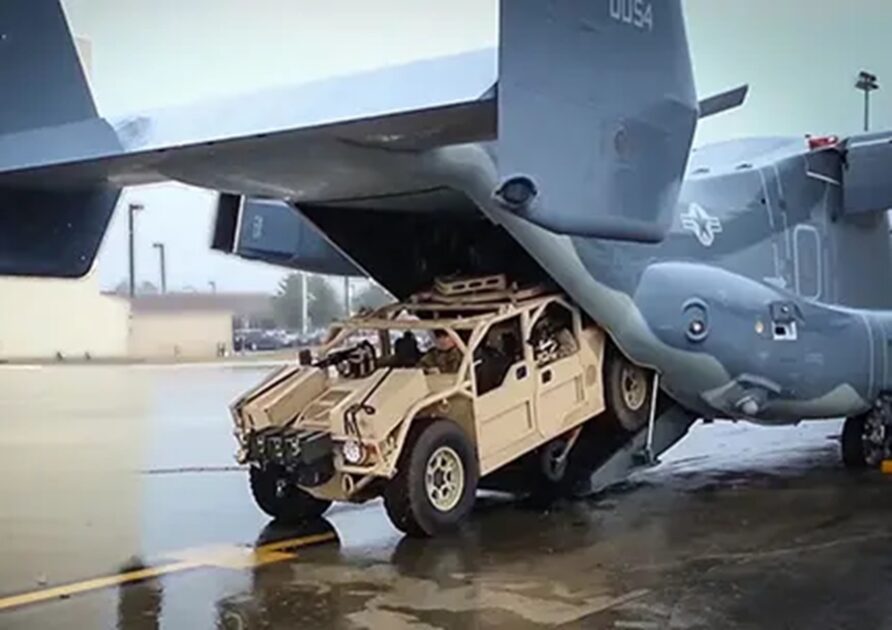
For longer vehicles that have a height limit (i.e. anything inside a helicopter), the ramp or break over angle will be a key design factor to reduce the potential of it striking the aircraft floor or ramp. Approach and departure angles will also need to be fully understood for any solution.

The C235 and C295 also have a steep ramp angle, although many transport aircraft can mitigate this through variable height undercarriage.
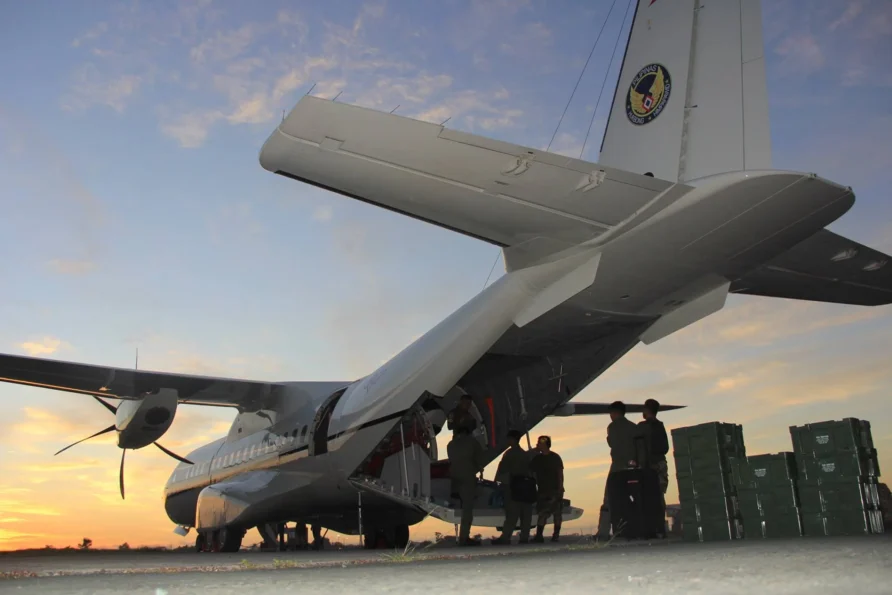
Speaking of the ramp, some aircraft can use the ramp for cargo, and others can utilise the ramp area void for longer items.
Finally, the closer a vehicle is to the constraining dimensions, the more difficult and slower it will be to load and unload.

This could be a significant issue if a vehicle takes 30 minutes to unload because it is so tightly packed that it exposes the aircraft and personnel to detection and enemy fire. When looking at any trailer or vehicle’s suitability, the amount of ‘room’ it has will have to be considered, and much better to be conservative than trying to wedge it in like a sardine.
Practicality is as equally important.
All fixed and rotary wing aircraft have these complications that result in smaller useable dimensions than drawings might suggest.
Why not underslung?
Simply put, carrying an external load imposes significant performance penalties on the helicopter. Range, speed, and manoeuvrability will be reduced if it is carried as an underslung load.
For example.
A Chinook’s top speed is approximately 170 knots, but with an unladen Land Rover (TUM) it is reduced to 50 knots and with a Land Rover RWMIK, 110 knots. And this is before we even look at the rate of descent and bank angle limits. Strops, slings, spreader bars, nets and other equipment, generally known as Helicopter Underslung Load Equipment or HUSLE, add parasitic weight.
The constraints imposed by internal carriage certainly make the requirement more challenging to meet, but given this is a thought experiment, I think it worthwhile.
Making it Work
Weapons like NSM and GMLRS are not Acme Rockets.

We call them complex weapons for a reason.
If targeting will be offboard, with relevant information relayed to the firing point by tactical communications systems, we still need to get that information into the missile, and get the same missile out of the pod in a timely manner.
This needs fire control equipment, navigation, software, computing, user interfaces, test equipment, cables, and power.
This X (formerly known as Twitter) thread provides a good overview of HIMARS and GMLRS fire control systems.
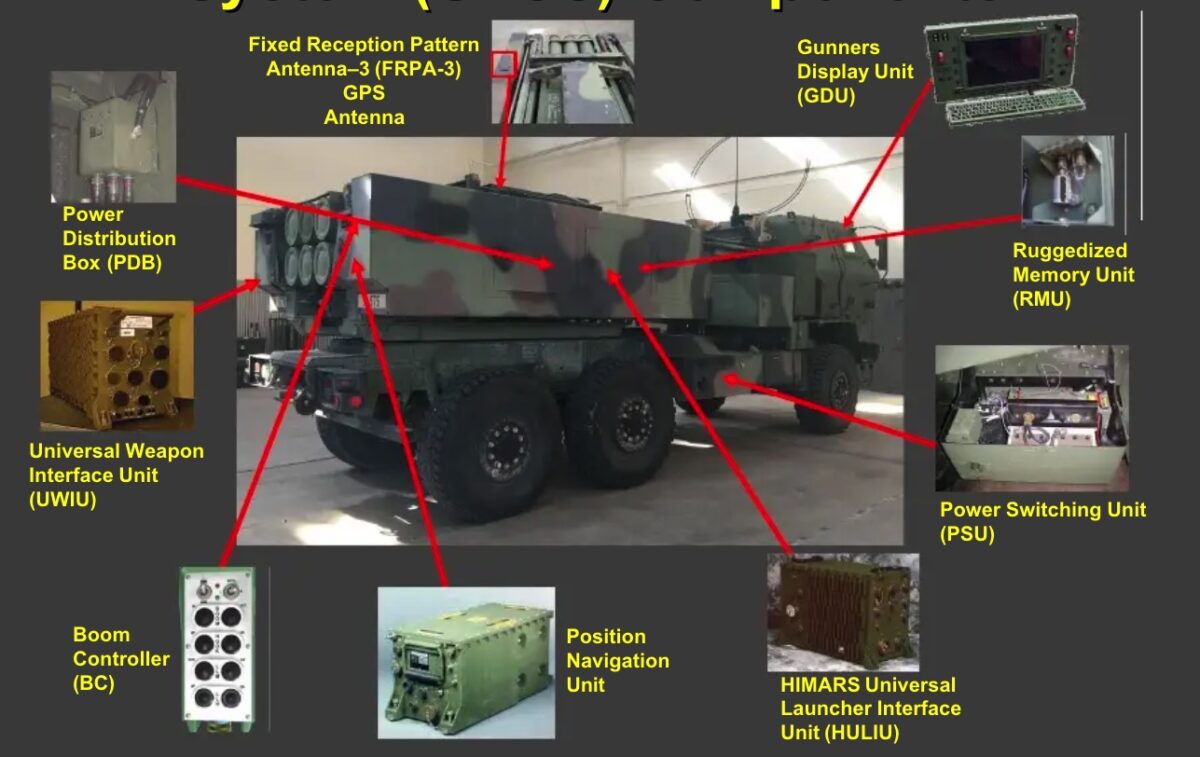
L3 Harris manufactures some of these components.
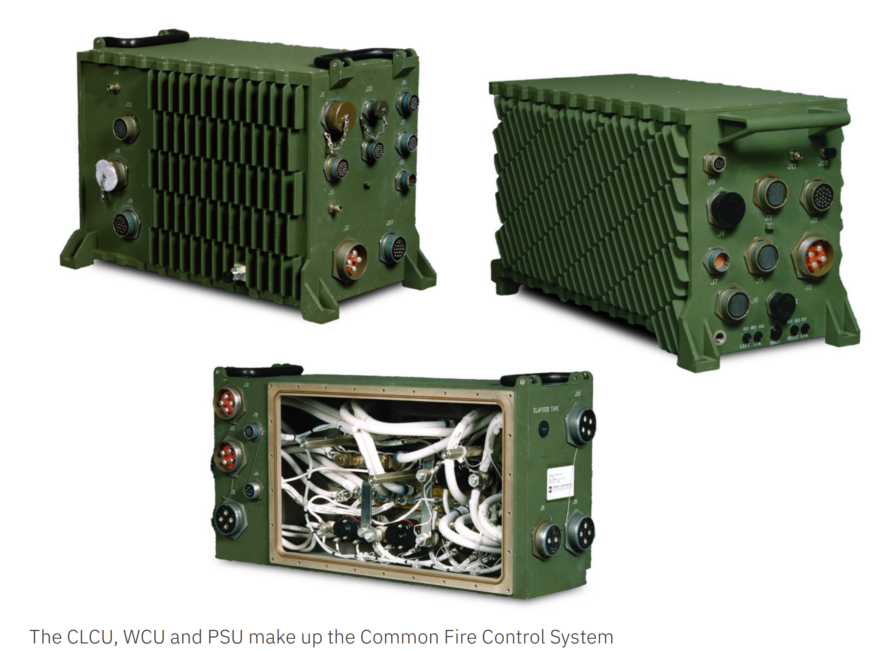
The image below shows the cable connectors.
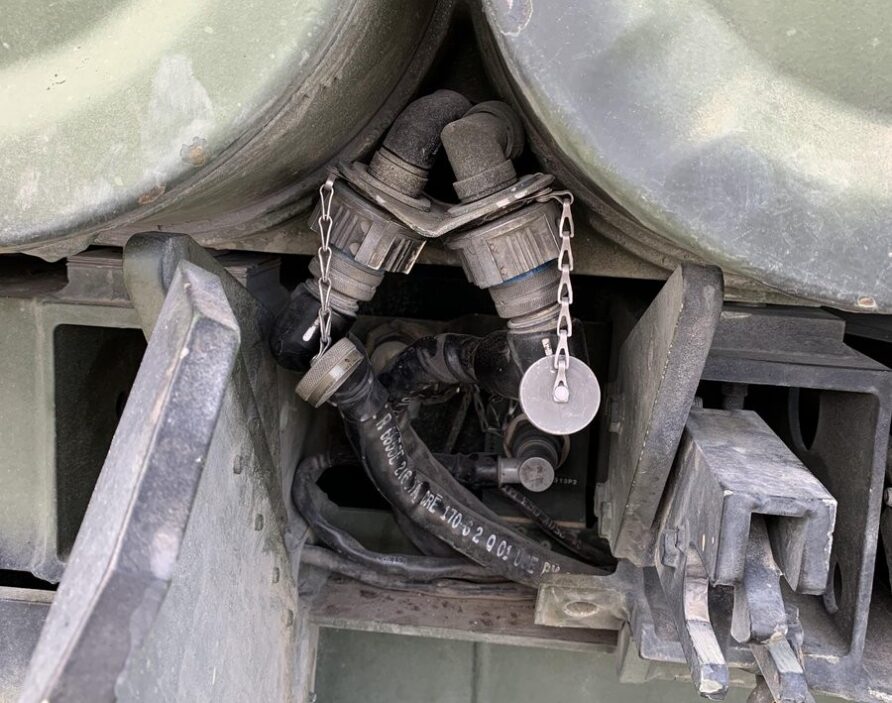
These are normally carried on the vehicle, so less visible, but when striping down to the bare bones and potentially using a trailer, they will have to be carried and connected somehow.
Power for elevating the launcher will also be required, in addition to providing power for the missiles.
Although for naval applications, the image below shows a similarly wide range of equipment required for NSM.
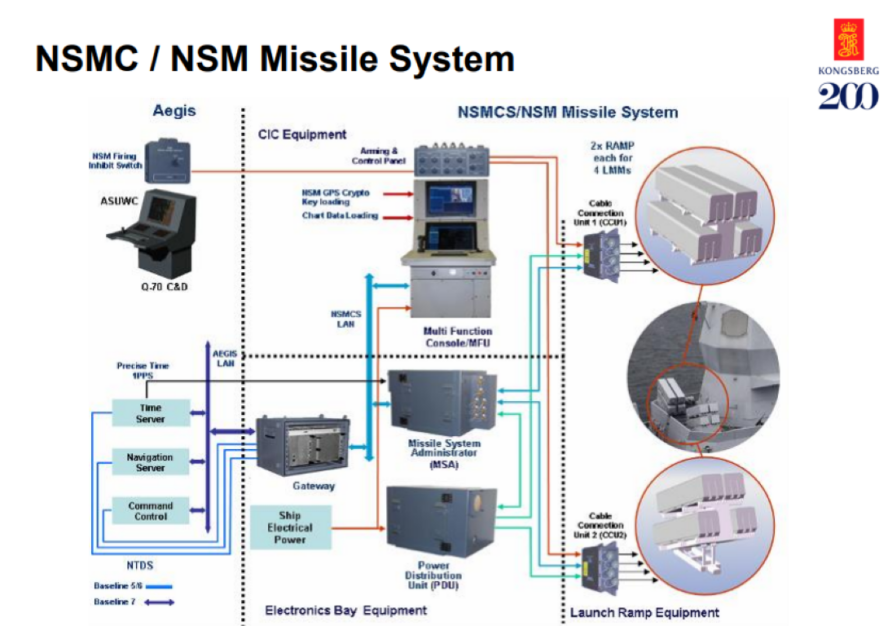
All this will need to be packaged and integrated with a new physical launcher design.
Look at the metal enclosures forward of the missile pods in the image below.
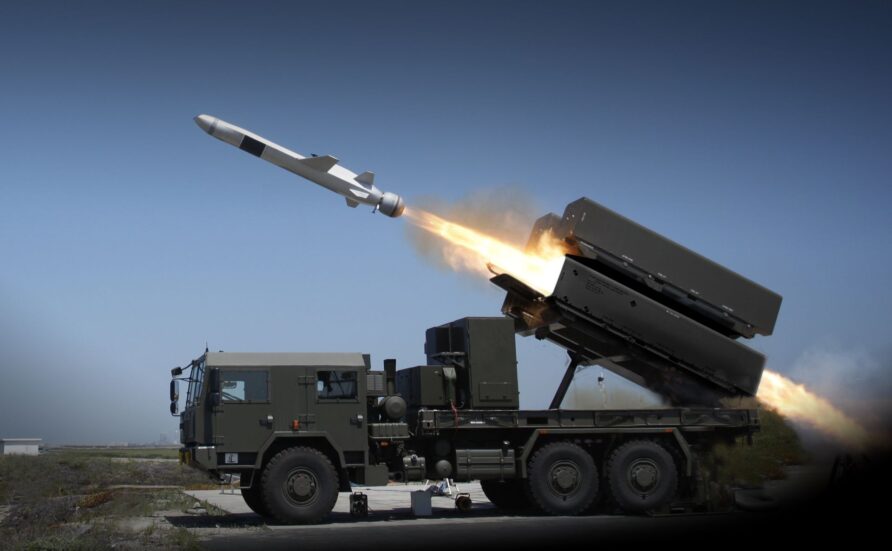
That is the fire control and power equipment, none of it is small or lightweight.
There is little prospect of having a universal fire control system that can be equally used for NSM or GMLRS, it will have to be one or the other, even though the physical launch mechanism could be used for either.
The next post in the series will look at mobility options.
NOTE: All the graphics and diagrams in this series are approximations using open-source information and estimates, not CAD drawings. They are included simply to illustrate a general point. As will be obvious, my skills in this area are somewhat limited!
Think Defence is a hobby, a serious hobby, but a hobby nonetheless.
I want to avoid charging for content, but hosting fees, software subscriptions and other services add up, so to help me keep the show on the road, I ask that you support the site in any way you can. It is hugely appreciated.
Advertising
You might see Google adverts depending on where you are on the site, please click one if it interests you. I know they can be annoying, but they are the one thing that returns the most.
Make a Donation
Donations can be made at a third-party site called Ko_fi.

Think Defence Merch
Everything from a Brimstone sticker to a Bailey Bridge duvet cover, pop over to the Think Defence Merchandise Store at Red Bubble.
Some might be marked as ‘mature content’ because it is a firearm!
Affiliate Links
Amazon and the occasional product link might appear in the content, you know the drill, I get a small cut if you go on to make a purchase

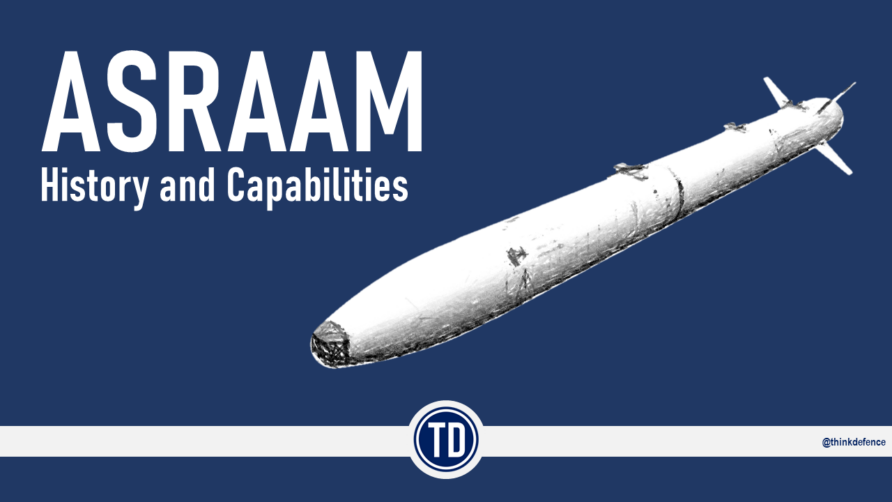
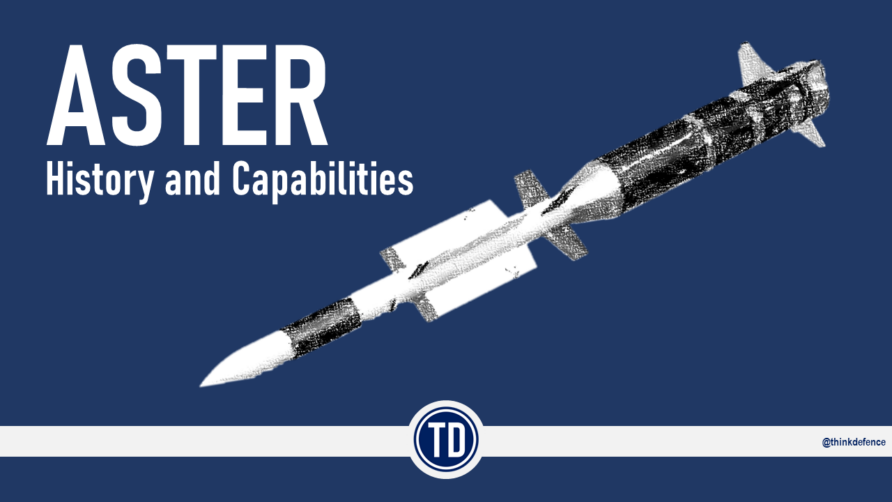
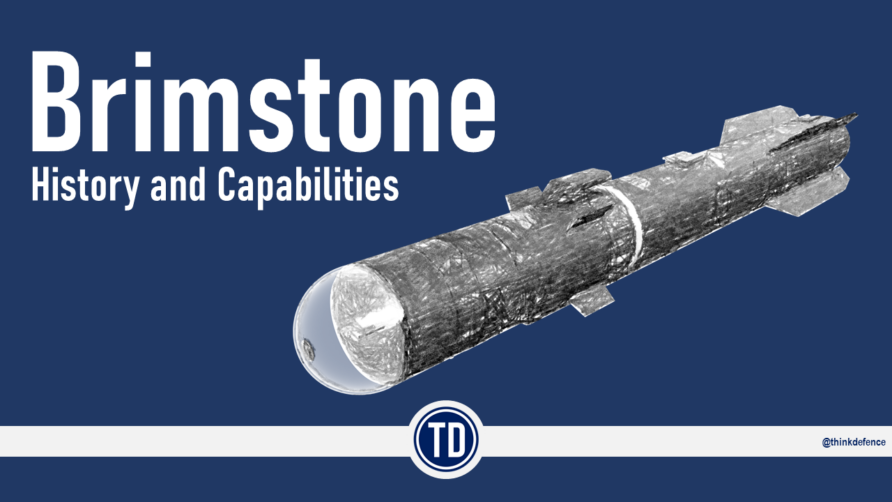
"Why not underslung?"
I remember on the old blog when I used to talk about carrying stuff within the cabin that chap who was a Singaporean NCO would tell me I was wrong it is better to move to cargo underslung. And as much as I argued against it the consensus of the collective backed the Singaporean. This was when he revealed that interesting snippet that all senior NCO in their ground forces was trained to under sling cargo.